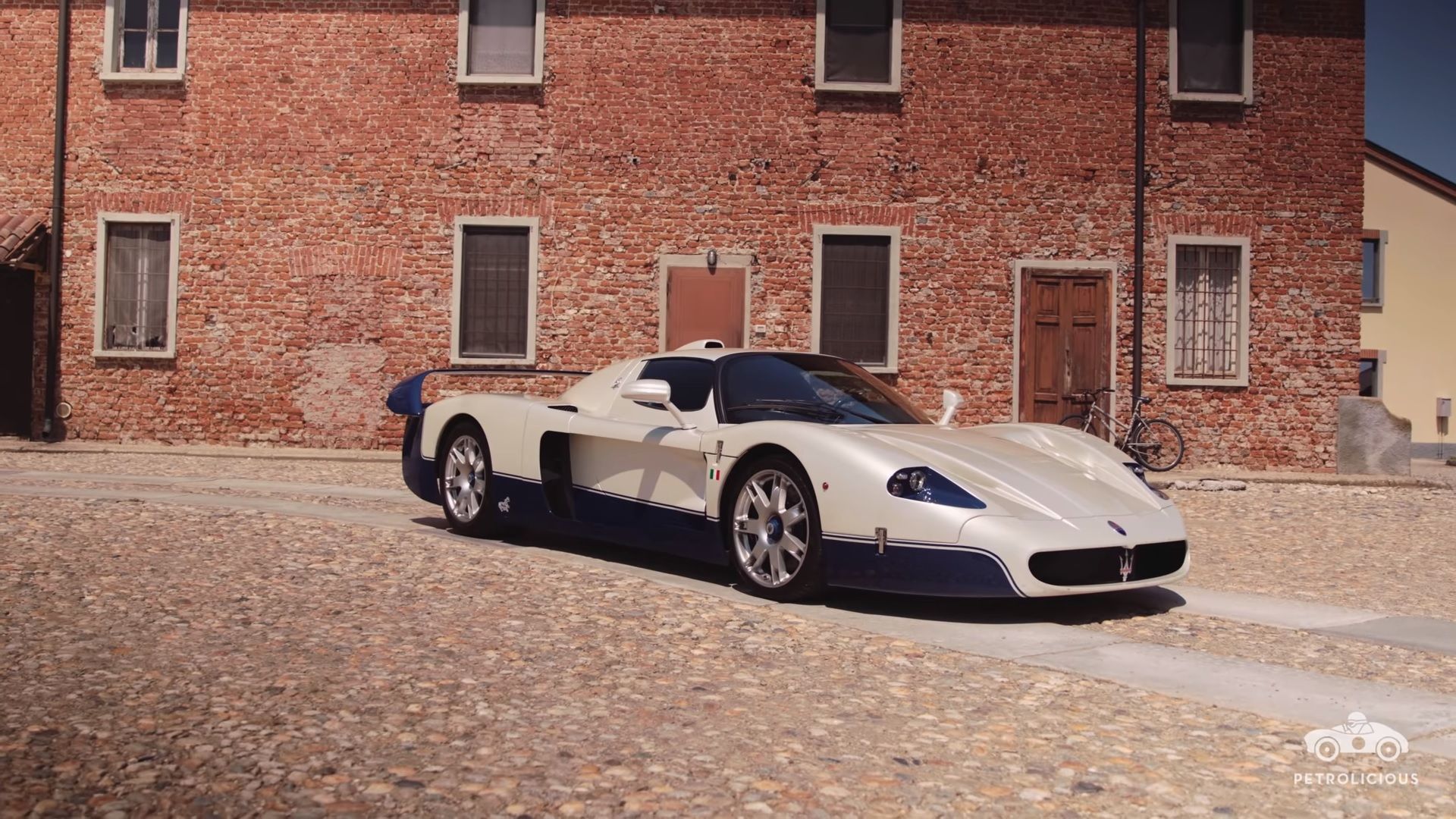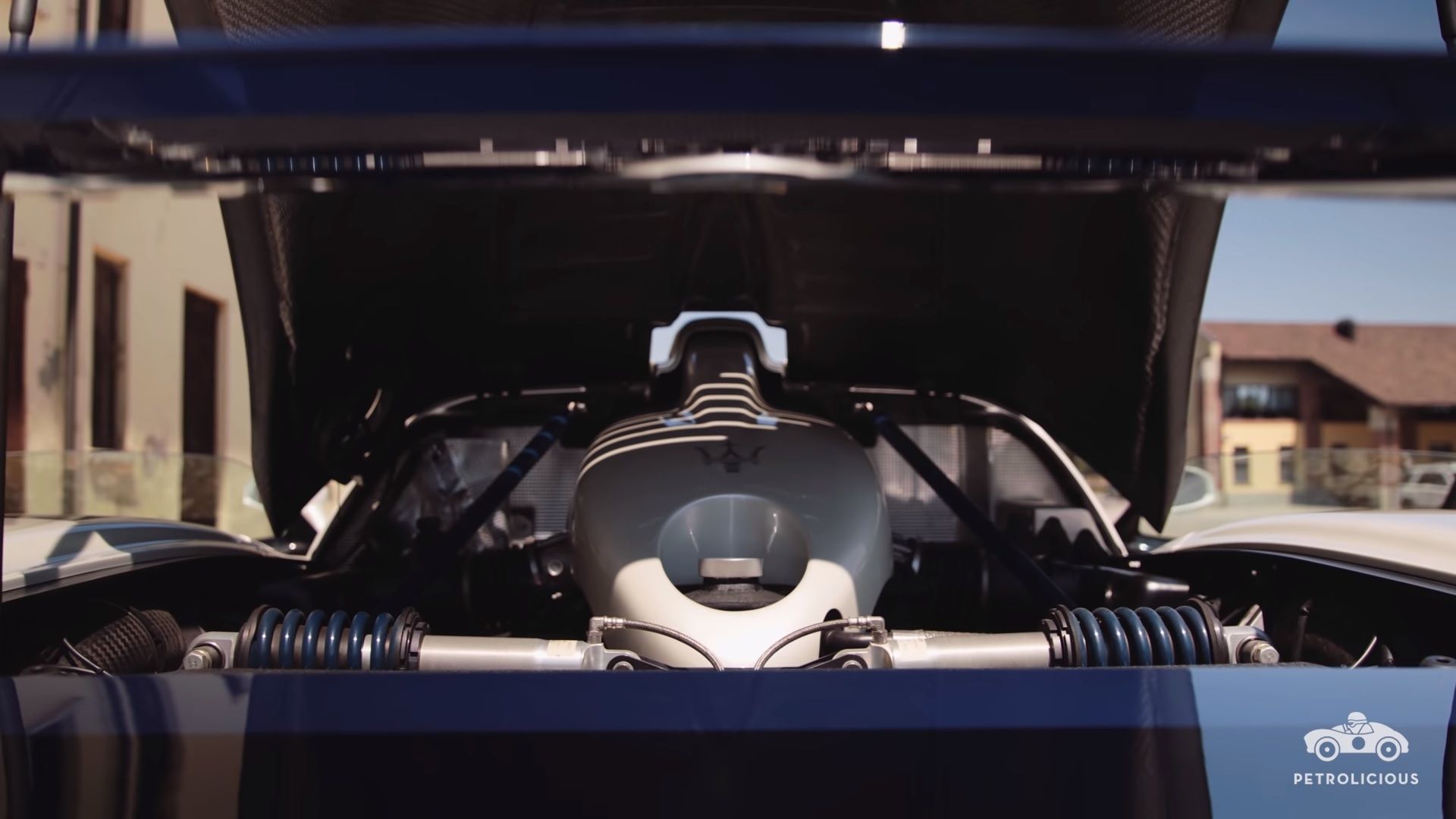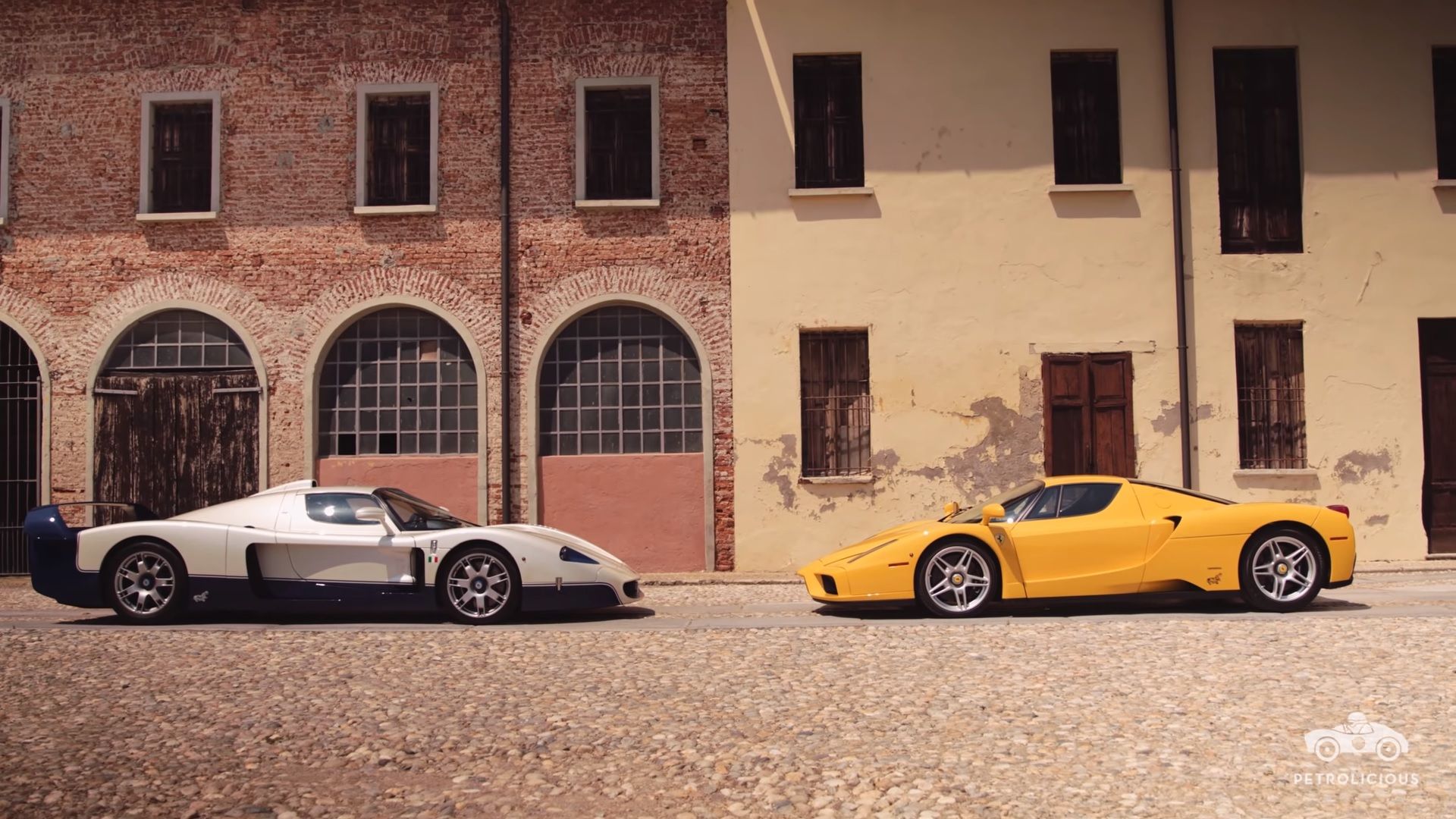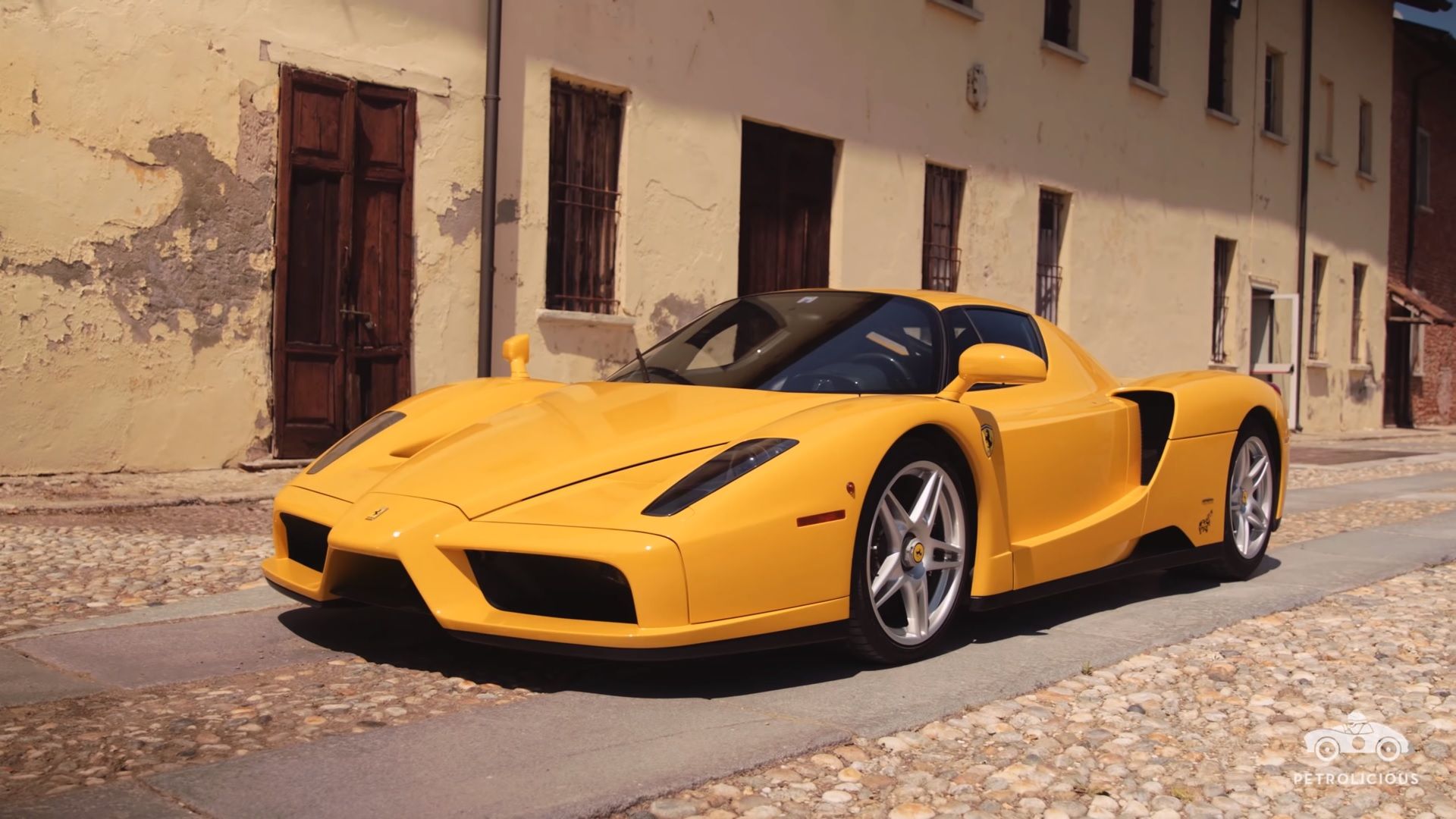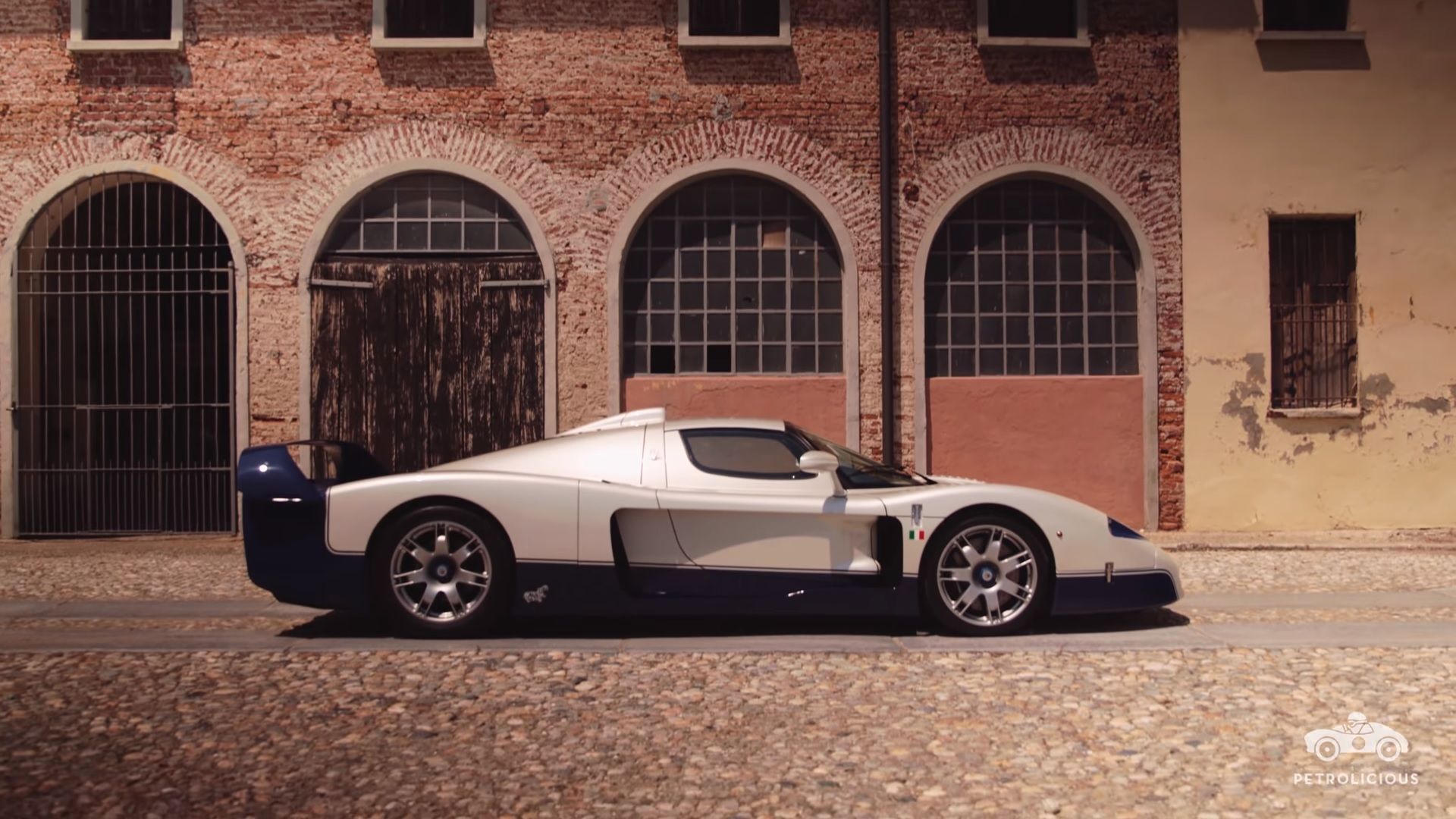The Maserati MC12 is arguably one of the most underrated supercars of all time. Produced in limited quantities back in 2004 — only 50 were built — the MC12 was a two-seater supercar that Maserati built to comply with homologation requirements so it could enter the FIA GT Championship with a race-spec version of the same car. Sixteen years later, not a lot of people remember the MC12 or even its shared history with the much more famous Ferrari Enzo. Fortunately, Petrolicious’ original series Homologation Specials did not forget about the MC12 and its impact in the supercar world. It doesn’t get as much love and respect as the Enzo, but the MC12 should be remembered better than it has been. It wasn’t the best car to drive, and it was oft-criticized for being too big, but the MC12’s place in the annals of Italian performance cars is secure, or at least it should be.
Was the Maserati MC12 a great supercar?
That’s going to depend on your interpretation of a “great” supercar, but if you’re asking whether the MC12 was universally loved, then the answer would be “no.” Most of the criticism surrounding the MC12 involved its size and design.
The Maserati exotic had its share of detractors, but it also had fans, a lot of whom appreciated its smooth ride. Jeremy Clarkson begrudgingly admitted as much during his test drive of the MC12. The supercar’s handling and braking were also lauded, as was the traction control that engaged well when the car was turning into corners.
How does the MC12 compare to the Ferrari Enzo?
To be clear, the Ferrari Enzo is in a different league compared to the Maserati MC12. That statement is unassailable, even if both models share the same chassis. Maserati used that chassis to form the basis of a race car, which explains why the Italian automaker prioritized function over form in the MC12’s development. Remember, too, that Maserati only built the road-spec MC12s so it could qualify to return to the FIA GT Championships. The focus wasn’t entirely on making road-spec versions that could be considered as real road cars. Instead, Maserati took the MC12 race car and adopted for road use.
The Enzo is smaller, yes, but it’s also a true supercar, both in form and function. It’s faster and more powerful than the MC12. It was created largely through Ferrari’s Formule One know-how and expertise. Most of all, it was a Ferrari and a very special and memorable one at that.
The MC12 was one of the defining supercars of the 2000s. It’s lost its place in that history, but videos like Petrolicious’ original series Homologation Specials, can serve as a reminder of what the MC12 was like, both on the road and at the race track. It’s no Ferrari Enzo, but it was still a force to be reckoned with.

